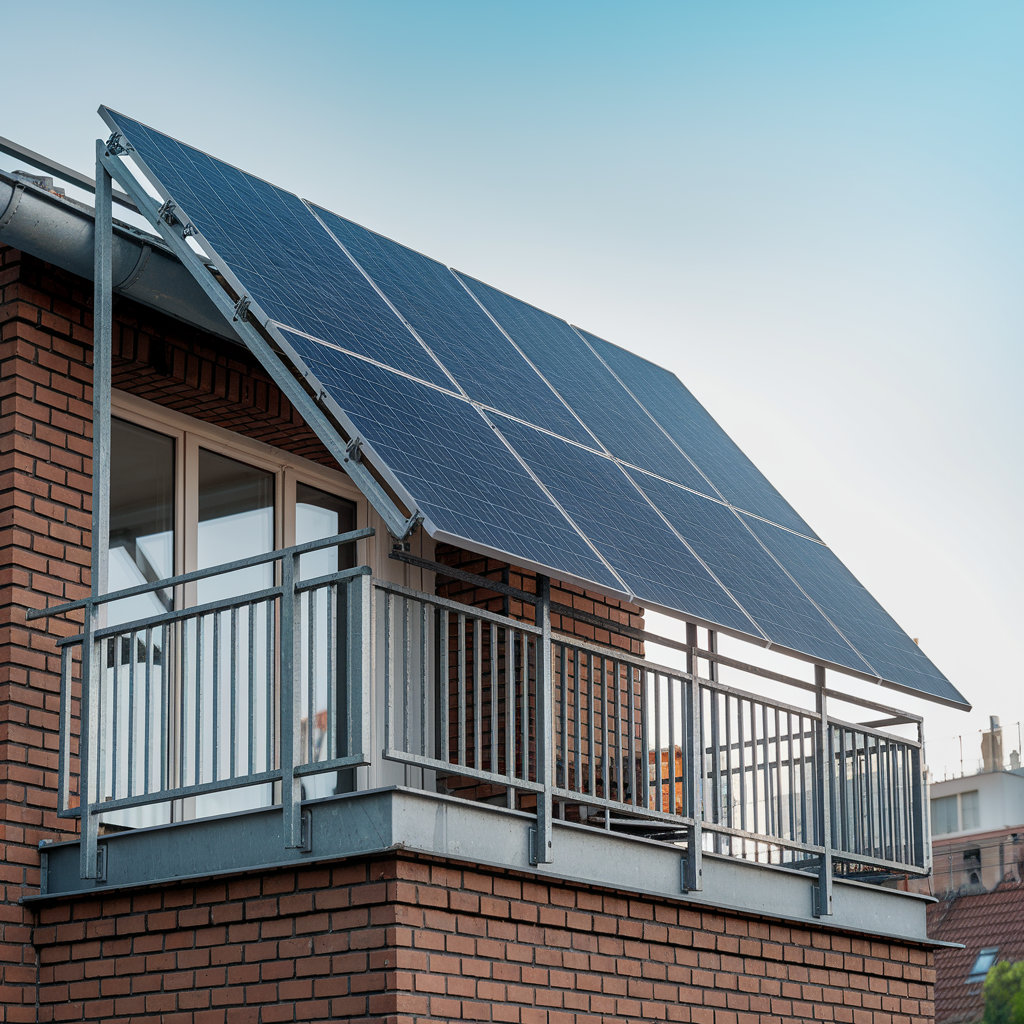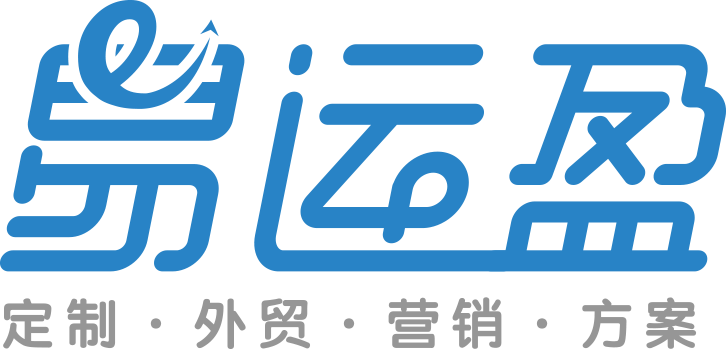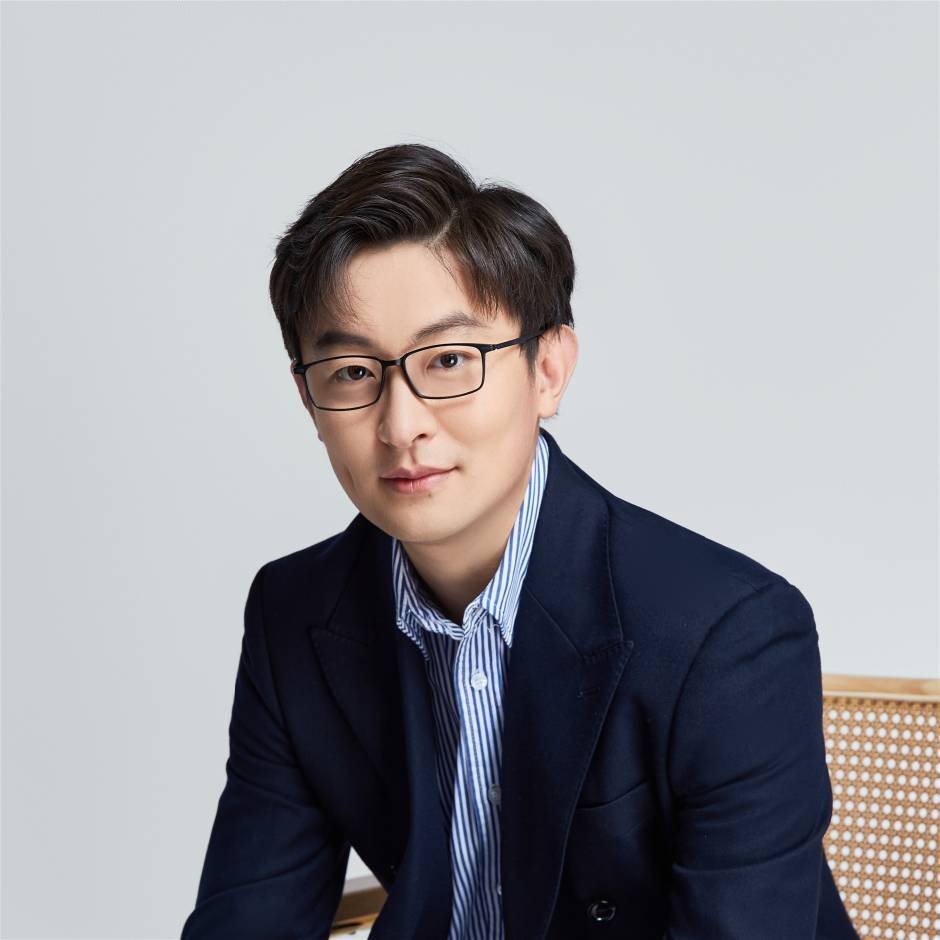As the world moves toward greener energy solutions, Balcony Energy Storage Systems (BESS) have become an attractive option for homeowners looking to save on energy costs while reducing their environmental impact. However, the question arises: what about tenants living in rental apartments? Can they also take advantage of these systems?
The good news is that tenants in rental apartments can indeed install Balcony Energy Storage Systems, but the process often involves coordination with landlords and navigating specific legal and financial considerations. In this article, we’ll explore how tenants can install these systems, how to approach landlords about the installation, and how they can benefit from government subsidies. We’ll also highlight successful case studies of tenants who have already installed BESS in their rental homes, offering practical advice for others looking to do the same.
1. Can Tenants Install Balcony Energy Storage Systems in Rental Apartments?
1.1 Legal Considerations for Tenants
In most countries, tenants do not own the property they live in, which means they generally need the landlord’s permission to make any significant modifications, including the installation of a Balcony Energy Storage System. This is particularly true in Germany, where renting is common—over 50% of the population live in rented apartments.
Before proceeding with the installation of a BESS, tenants should check their rental agreements. These agreements may include clauses that restrict modifications to the property. However, most of these agreements are flexible when it comes to minor changes, especially if the changes are temporary or reversible.
1.2 Landlord-Tenant Coordination
One of the biggest challenges for tenants looking to install a Balcony Energy Storage System is securing the landlord’s approval. Landlords may be hesitant to allow installations due to concerns about the cost, the potential for property damage, or the complexity of the installation process.
To overcome these concerns, tenants should approach their landlords with a well-prepared proposal that highlights the benefits of installing a BESS. Here are some key points to include in the discussion:
- Energy Efficiency: A BESS can increase the energy efficiency of the apartment, which may eventually increase the property’s value.
- Minimal Structural Changes: Most balcony systems are relatively easy to install and do not require major construction or permanent alterations to the property.
- Shared Benefits: Both the tenant and the landlord can benefit from the installation. For example, the landlord could advertise the apartment as “eco-friendly,” which may attract future tenants.
Checklist for Approaching Landlords About BESS Installation:
- Review your rental agreement to identify any potential restrictions.
- Prepare a clear and concise proposal outlining the benefits of a BESS.
- Offer to cover the installation costs or suggest a cost-sharing arrangement.
- Highlight government incentives and potential for increased property value.
- Provide examples of other rental properties that have successfully installed similar systems.

2. Financial Considerations: How to Split the Costs
2.1 Cost Sharing with the Landlord
One of the most effective ways to convince a landlord to approve the installation of a Balcony Energy Storage System is to propose a cost-sharing arrangement. Since both parties stand to benefit from the system—through reduced energy bills for the tenant and a potential increase in property value for the landlord—splitting the costs can be a win-win solution.
Common Cost-Sharing Models:
- 50/50 Split: Tenant and landlord each cover half of the installation costs.
- Tenant Covers Installation, Landlord Covers Maintenance: The tenant pays for the installation, while the landlord agrees to cover any ongoing maintenance or eventual removal of the system.
- Rent Reduction: The tenant offers to pay for the installation in exchange for a temporary or permanent reduction in rent.
2.2 Government Subsidies and Incentives
Governments around the world, including Germany, offer various subsidies and incentives to encourage the adoption of renewable energy and energy storage systems. Tenants should investigate whether they are eligible for these subsidies, as this can significantly reduce the upfront cost of installing a Balcony Energy Storage System.
Subsidy Options Available for Tenants:
- Direct Grants: In some regions, tenants may be eligible for grants that cover a portion of the installation costs.
- Tax Credits: Tenants should check if they are eligible for tax credits related to energy-saving home improvements.
- Reduced Installation Costs: Some utility companies offer rebates or discounts to users who install energy-efficient systems like BESS.
3. Installation Process: A Step-by-Step Guide for Tenants
Once the landlord has approved the installation and the financial arrangements are in place, the next step is the actual installation process. Fortunately, installing a Balcony Energy Storage System is generally straightforward and does not require significant structural changes to the property.
3.1 Choosing the Right System
Not all energy storage systems are suitable for every type of apartment. Tenants should look for systems that are compact, easy to install, and do not require extensive electrical work. Portable or plug-and-play systems are ideal for rented apartments, as they can be removed when the tenant moves out.
3.2 Step-by-Step Installation Process
- Site Assessment: Determine whether your balcony has enough space and sunlight for the system. Most systems require at least a few square meters of unobstructed space to operate efficiently.
- System Selection: Choose a BESS that fits the size of your balcony and your energy usage needs. Systems with higher capacity can store more energy, but may also be more expensive.
- Professional Installation (Optional): While some systems are designed for DIY installation, others may require a professional installer, especially if the system needs to be integrated with the apartment’s existing electrical system.
- Monitoring and Maintenance: Most systems come with a monitoring app that allows users to track energy storage and usage in real-time. Regular maintenance is usually minimal, but it’s important to ensure that the system is operating efficiently.
4. Benefits of Balcony Energy Storage Systems for Tenants
Tenants who successfully install Balcony Energy Storage Systems can enjoy several significant benefits, ranging from lower energy bills to increased energy independence. Here are some of the key advantages:
4.1 Lower Energy Bills
By storing energy during off-peak hours or when solar power is abundant, tenants can reduce their reliance on grid electricity, particularly during peak hours when electricity rates are highest. Users often report savings of up to 30% on their monthly energy bills.
4.2 Energy Independence
One of the main advantages of a Balcony Energy Storage System is the ability to become less dependent on the energy grid. This is especially beneficial during times of high demand, power outages, or when electricity prices spike.
4.3 Environmental Impact
For eco-conscious tenants, the ability to store and use renewable energy is a major benefit. By reducing reliance on fossil fuels, tenants can significantly lower their carbon footprint.
4.4 Increased Property Value
Although tenants may not directly benefit from increased property value, landlords who approve the installation of a BESS could see their property become more attractive to future tenants. This could also provide leverage in negotiating rent reductions or other perks.
5. Real-World Case Studies: Tenants Successfully Installing BESS
To illustrate how tenants can successfully install Balcony Energy Storage Systems, let’s look at a few real-world examples from across Germany.
5.1 Case Study 1: Tenant in Berlin Negotiates a 50/50 Cost Split
Background: Lisa, a tenant in a Berlin apartment, was interested in installing a BESS but was concerned about the upfront cost. After discussing the idea with her landlord, they agreed to split the installation costs 50/50. The landlord recognized that the system would increase the property’s value, while Lisa was eager to reduce her monthly energy bills.
Outcome: Installation was completed within a day, and Lisa now saves approximately €40 per month on her energy bills. The landlord has also marketed the apartment as “eco-friendly” in future rental listings.
5.2 Case Study 2: Tenant Covers Costs in Exchange for Rent Reduction
Background: Tom, a tenant in Munich, approached his landlord with a proposal to cover the full cost of the BESS installation in exchange for a temporary rent reduction. The landlord agreed to reduce Tom’s rent by €100 per month for the first year, which helped offset the installation cost.
Outcome: Tom was able to install the system without any out-of-pocket costs, and after the first year, he continued to benefit from reduced energy bills. The landlord was pleased with the increased energy efficiency of the apartment.
5.3 Case Study 3: Tenant Leverages Government Subsidies
Background: Maria, a tenant in Stuttgart, took advantage of a government subsidy that covered 30% of the system’s installation cost. She worked with her landlord to secure approval, and they agreed to share the remaining costs.
Outcome: Maria and her landlord both benefited from the subsidy, reducing their overall investment. The system has been operational for six months, and Maria reports a 25% reduction in her monthly energy bills.

6. Challenges and Solutions for Tenants Installing BESS
While the benefits of installing a Balcony Energy Storage System are clear, tenants may still face some challenges. Here are a few common obstacles and potential solutions:
6.1 Landlord Hesitation
Challenge: Some landlords may be hesitant to approve the installation due to concerns about cost or property damage.
Solution: Tenants should emphasize the minimal structural changes required by most BESS systems and highlight the potential for increased property value. Offering to cover part or all of the installation costs can also help.
6.2 High Initial Costs
Challenge: The upfront cost of a BESS can be prohibitive for some tenants, even with government subsidies.
Solution: Tenants can explore financing options, such as loans or payment plans offered by energy companies. Additionally, negotiating a rent reduction or cost-sharing arrangement with the landlord can make the investment more affordable.
6.3 Limited Space
Challenge: Some balconies may not have enough space for a traditional BESS.
Solution: Compact or modular systems are available that are specifically designed for small spaces. Tenants can also consider portable systems that can be easily relocated if they move to a new apartment.
7. Conclusion: Balcony Energy Storage Systems Offer a Bright Future for Tenants
While the installation of Balcony Energy Storage Systems in rental apartments may require some extra coordination with landlords, the benefits far outweigh the challenges. Tenants who successfully install these systems can enjoy lower energy bills, increased energy independence, and the satisfaction of contributing to a more sustainable future.
By approaching landlords with a well-prepared proposal, exploring cost-sharing options, and taking advantage of government subsidies, tenants can make the dream of energy independence a reality—even in a rental apartment. With the growing demand for renewable energy solutions, now is the perfect time for tenants to explore the possibilities of Balcony Energy Storage Systems.
For landlords, approving the installation of these systems can increase the attractiveness of their properties and contribute to a more eco-friendly housing market. It’s a win-win solution that benefits both parties and supports the global shift toward renewable energy.





